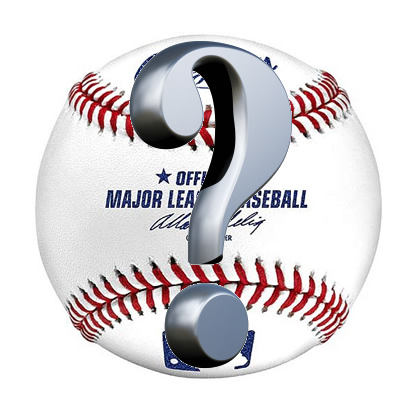Screened

Sam Di Benedetto from New Jersey asks:
Only one field umpire. Batter hits a grounder to short. The throw to first cannot be seen by the umpire. His vision is blocked. It's a very close play. Question: Is the baserunner automatically called "Safe"?
No, the baserunner, or batter-runner, is not automatically safe. For this scenerio we will assume that there was no one on base. With nobody on base the field umpire should be about 10-15 feet behind the first baseman but on the foul side of the foul line. Once the ball is hit, in this case to the shortstop, the umpire should move to his right in order to try and make a 90 degree angle with the throw. With this positioning the umpire should not be screened off.
However, sometimes umpires do get screened off but there are multiple ways to call this situation. The plate umpire should always be watching the ball and the play as it happens. This means that he might have gotten a better angle on the ball so one option is to ask him to make the call. This is not the most dignified way to do it but it is more important to get the call right.
Another way to handle this situation is to call the play the best you can. Any bang bang play is going to cause one team to be upset and, if a coach comes out, the best thing to do will be to tell him that you got screened off and called it the best you could. This is not a great option but it might be necessary to use in some situations.
I have also heard a saying from other umpires saying that "you can't call an out if you didn't see it". This means that if you got screened and you are sure you didn't see an out he must have been safe. I do not like this solution and I think it should only be used if all else fails but some times it is necessary to use this mind set.
As a parting note the rule book itself says "Most important rule for umpires is always "BE IN POSSITION TO SEE EVERY PLAY"". Most blowncalls occur because the umpire was not in the right possition. This usually happens because the umpire was not paying attention at the beginning of the play. So what this eventually boils down to is that the umpire needs to be paying attention on every play and, like a player, know where he is going based on different situations.
Answered by: Jonathan Bravo
Keywords: Umpire Positioning